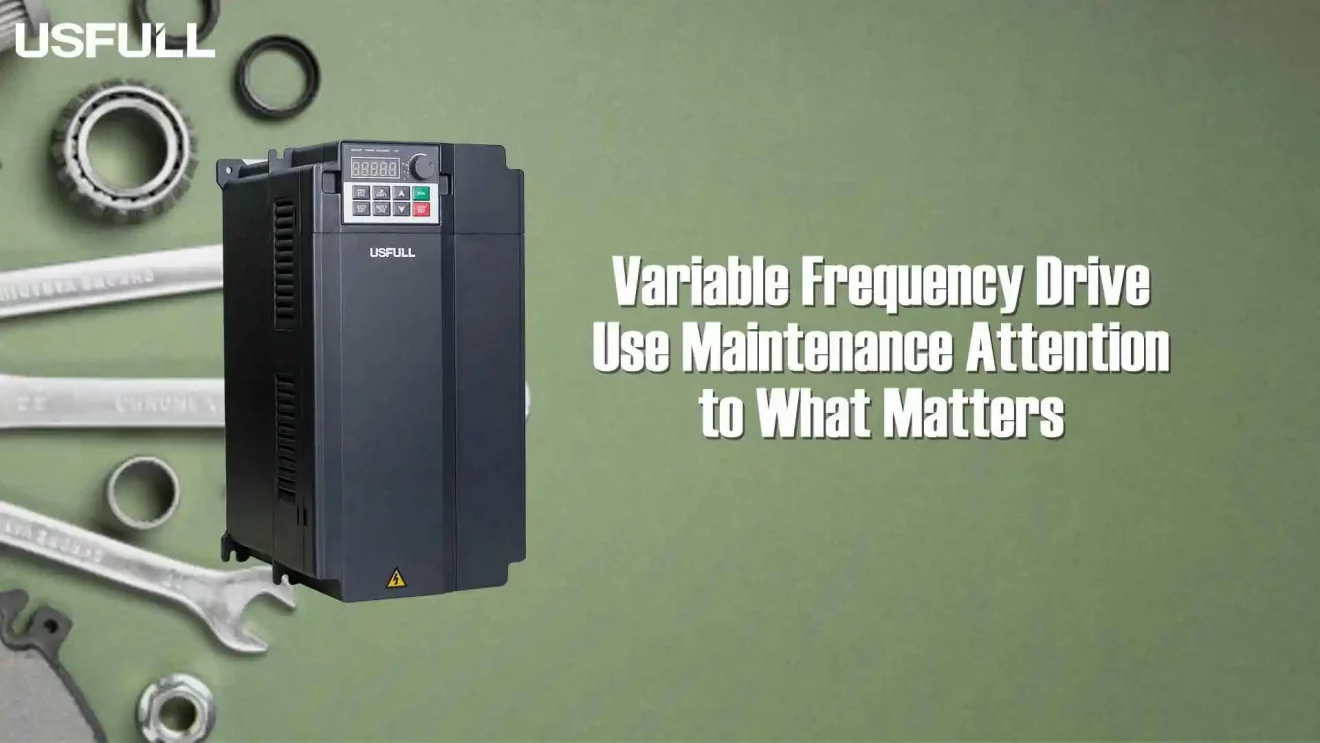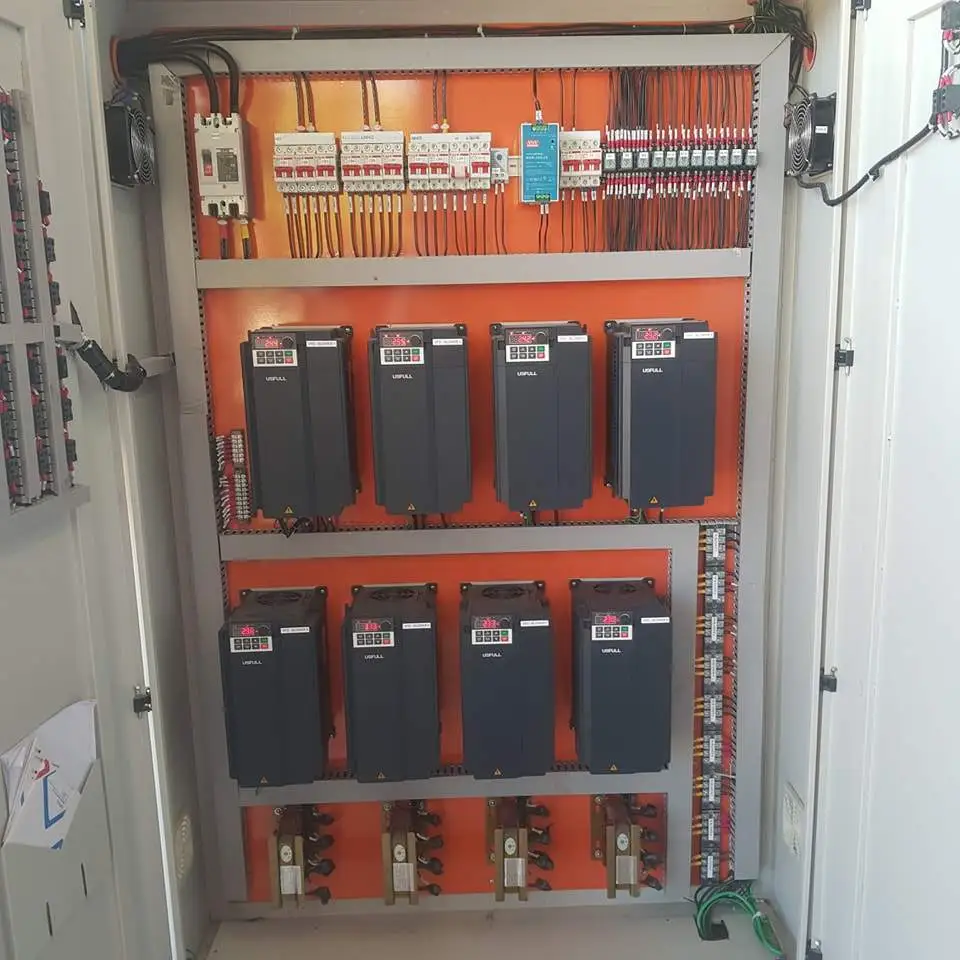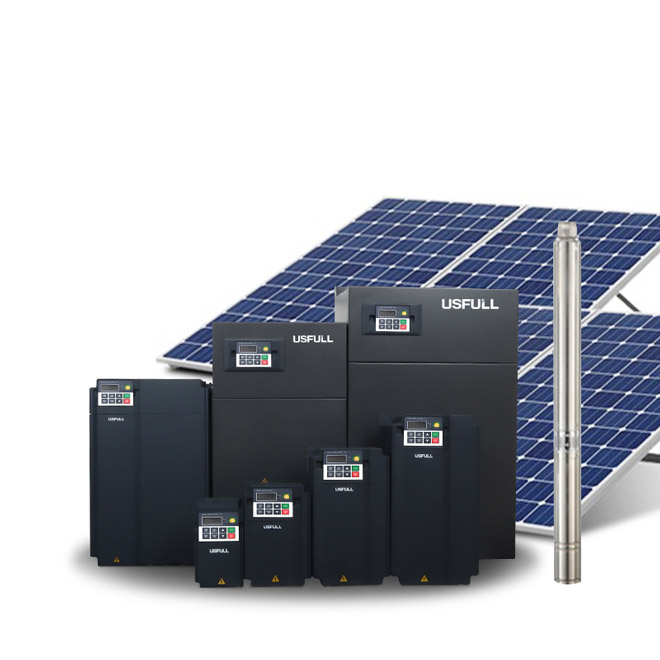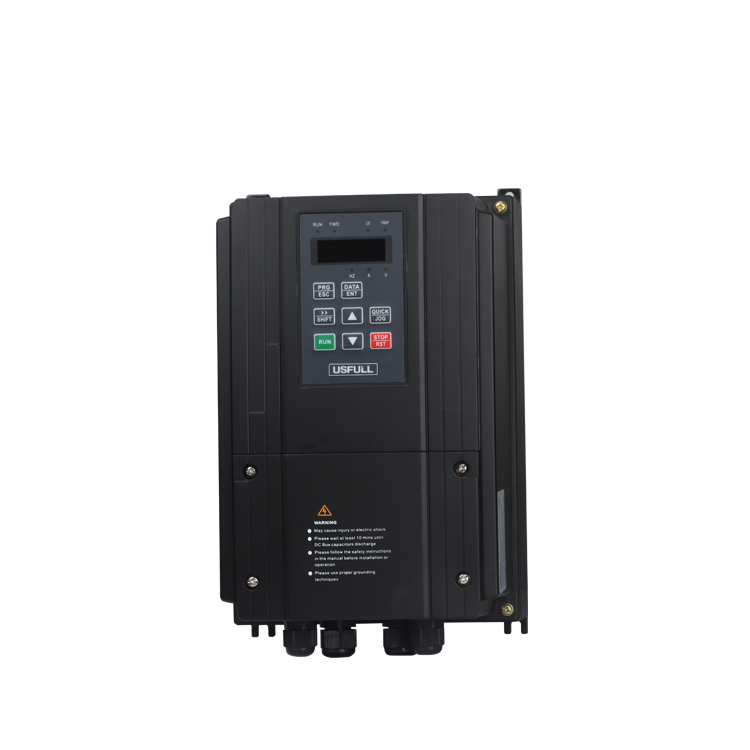Neglecting variable frequency drive (VFD) maintenance leads to overheating, failure, and costly downtime. This disrupts industrial operations, reducing efficiency and increasing expenses. Proper maintenance of frequency inverters prevents such failures, ensuring longevity and reliability. Follow these crucial variable speed drive (VSD) maintenance guidelines to optimize performance and avoid costly breakdowns.
Maintaining a variable frequency drive (VFD) is essential for preventing overheating, reducing downtime, and extending lifespan. Key precautions include ensuring proper ventilation, preventing dust accumulation, monitoring voltage levels, and performing regular inspections. By following these maintenance practices, businesses can optimize the efficiency and longevity of their variable frequency inverters, minimizing the risk of sudden failures.
Understanding the essential maintenance and usage precautions of inverter VFDs can help prevent operational disruptions and improve efficiency.

Variable Frequency Drive Maintenance Precautions
1. Ensure Proper Ventilation and Cooling
VFDs generate significant heat during operation, requiring effective cooling to prevent overheating. Poor ventilation can lead to component failure and system shutdowns.
- Install variable frequency invertersin well-ventilated areas.
- Keep ambient temperature below 40°C (104°F) for optimal performance.
- Ensure cooling fans and heat sinks are free from dust and debris.
- If operating in high-temperature environments, use external cooling systems.
2. Regular Cleaning and Dust Prevention
Dust accumulation affects VFD efficiency and can cause electrical shorts.
- Install VFDs in dust-proof enclosuresor specialized control rooms.
- Regularly clean air filters and vents to maintain airflow.
- Use compressed air or vacuum cleaners to remove dust buildup.
- Schedule periodic inspections to detect contamination early.
3. Check Electrical Connections Periodically
Loose electrical connections can lead to voltage fluctuations, erratic performance, and even fire hazards.
- Perform routine inspections on all electrical terminals.
- Tighten loose connections to prevent arcing and overheating.
- Ensure proper grounding to reduce electrical noise and interference.
- Monitor voltage levels to ensure they remain within specified limits.
4. Avoid Overloading the VFD
Overloading shortens the lifespan of the variable speed drive (VSD) and may trigger frequent tripping.
- Verify that the frequency invertermatches the motor’s power requirements.
- Monitor load variations to prevent excessive strain on the drive.
- Use overload protection features to prevent damage.
- If the load frequently exceeds the VFD capacity, consider upgrading to a higher-rated model.
5. Perform Software and Firmware Updates
Outdated software can lead to performance issues and security vulnerabilities.
- Regularly check for firmware updates from the manufacturer.
- Upgrade software to enhance efficiency and stability.
- Back up configuration settings before performing updates.

Precautions for the Use of Variable Frequency Drives
1. Protect Against Power Surges and Voltage Fluctuations
Unstable voltage can damage sensitive VFD components and reduce lifespan.
- Use voltage stabilizers or uninterruptible power supplies (UPS) for consistent power supply.
- Install surge protection devices to prevent voltage spikes.
- Ensure the power supply matches the VFD input voltage requirements.
2. Implement Proper Start-Up and Shutdown Procedures
Incorrect operation can stress the variable frequency drive, leading to premature failure.
- Follow the manufacturer’s guidelines for starting and stopping the VFD.
- Gradually increase frequency instead of sudden speed changes.
- Avoid frequent start-stop cycles, as they increase wear and tear.
3. Prevent Electromagnetic Interference (EMI)
Electromagnetic interference affects nearby equipment and causes erratic VFD behavior.
- Use shielded cables and proper grounding techniques.
- Maintain distance between VFDs and sensitive electronic devices.
- Install line reactors or EMI filters to minimize interference.
4. Ensure Correct Motor Compatibility
Mismatched motors can lead to inefficiency and system failures.
- Verify that the motor’s voltage and frequency match the inverter VFD
- Use vector control or sensorless vector control for enhanced performance.
- Regularly check motor insulation resistance to prevent electrical faults.
5. Establish a Routine Maintenance Schedule
A structured maintenance plan ensures consistent VFD performance.
- Schedule inspections for cooling systems, wiring, and control panels.
- Monitor error logs for early detection of potential issues.
- Train personnel in proper handling and troubleshooting techniques.
Conclusion
Proper maintenance and usage of variable frequency drives maximize efficiency, reduce failures, and prolong operational lifespan. Implement these best practices to ensure long-term reliability.



